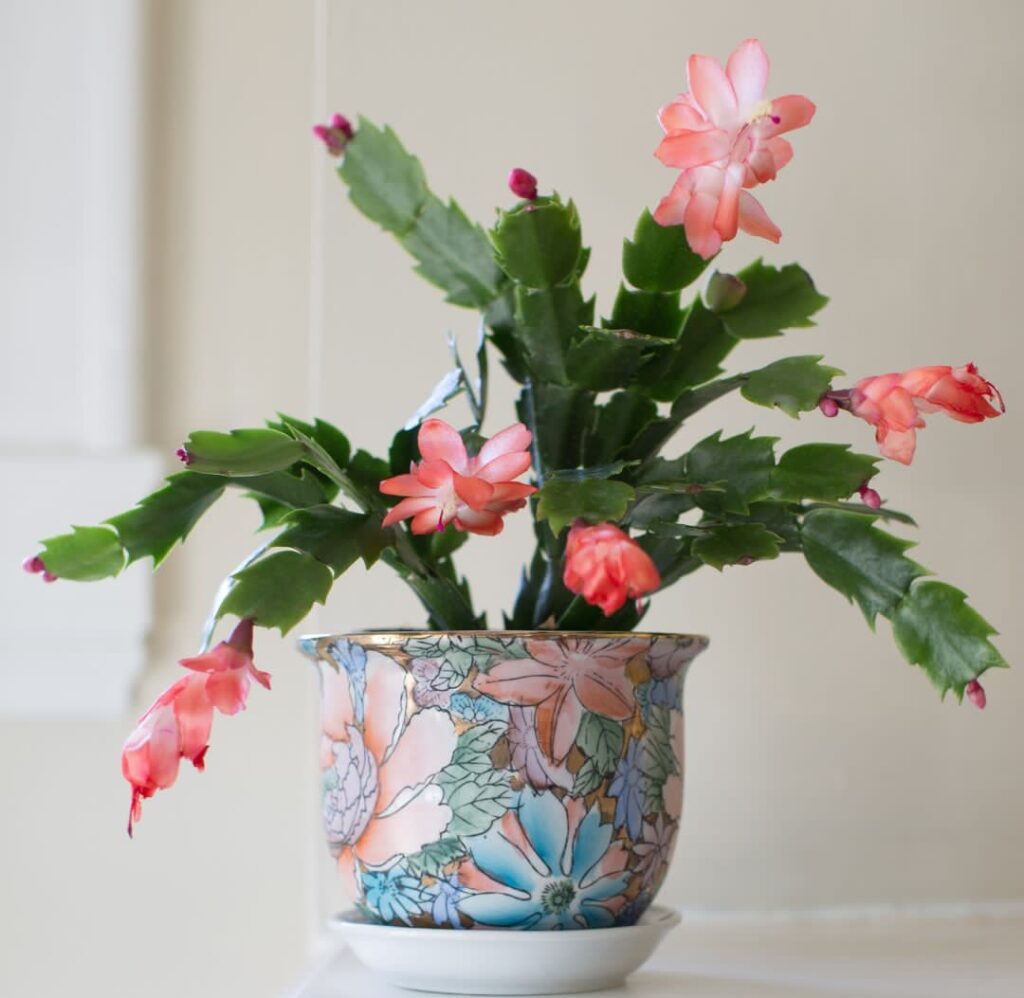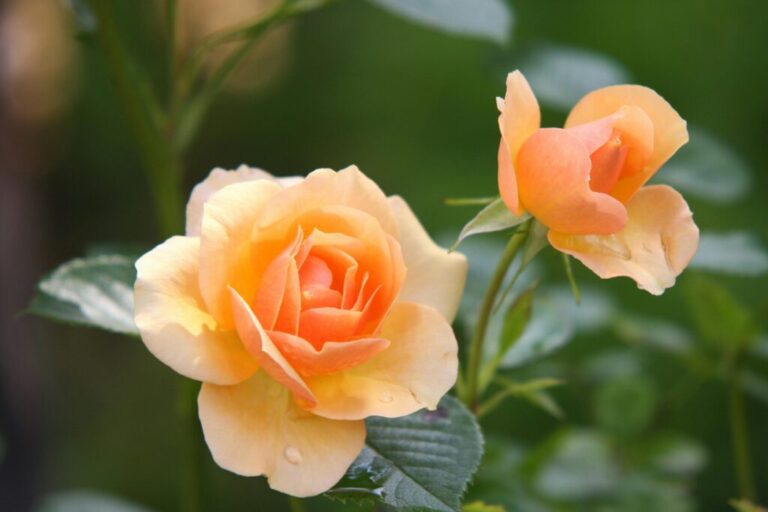Christmas cactus dying are popular Christmas gifts, but they’re also lovely houseplants in their own right. If you’ve been given a Christmas cactus or you’ve bought one, make sure to care for your plant well so it can thrive throughout the.
winter months and bloom beautifully at the holidays again next year! Follow these tips for caring for your Christmas cactus this season, and you’ll enjoy a beautiful, vibrant plant all season long.
Christmas Cactus (Schlumbergera truncata) is one of the most common cacti that you’ll find in florists, nurseries and department stores in December and early January. They are popular because they flower all at once and come in beautiful colors, such as red and pink, during the Christmas season,
which explains the name Christmas Cactus. But caring for them correctly can be challenging if you don’t know what to do or understand the basics of their needs and preferences. Keep reading to learn more about proper care of Christmas cacti.

Tips For Caring for Your Christmas cactus
1) Light
Christmas cacti (also known as Schlumbergera) are a popular houseplant during the holiday season. Keep reading to learn more about how to care for them so they will last throughout the holidays and well into next year.
-Watering: The most important thing you need to do when caring for your Christmas cactus is watering it appropriately. It needs moist but not soggy soil that is kept evenly moist all day long.
2) Water
When it comes to watering your Christmas cactus, there are a few different schools of thought. Some people choose to water their plants every day, while others prefer a more infrequent schedule. The best way to determine what type of watering schedule is right for you is to figure out how often and how much your plant needs in order to keep its soil evenly moist.
3) Repotting
Christmas cacti should be repotted every two to three years. To do this, carefully remove the plant from its pot and place it on a surface that can hold water without seeping through. Fill the container with fresh soil, making sure not to pack too tightly and to leave a few inches between the top of the soil and the rim of the pot. Water thoroughly until water begins to leak out around the sides of the pot.
4) Pests
The most common pests that attack Christmas cacti are the mealybug, scale, and red spider mite. All three of these pests suck sap from the plant. If you notice any of these pests on your plant, you should use a pesticide containing neem oil or insecticidal soap to kill them. You can also try spraying your plant with horticultural oil to suffocate the insects inside of their protective shells.
5) Temperature
Christmas cacti are easy to care for as long as you keep them in a warm place during the winter. The best temperature range is between 65 and 80 degrees Fahrenheit. If your house is too cold, consider placing it near a heater or by a sunny window where it can get some light.
6) Fertilizer
Cacti require a lot of sunlight, but not all the time. They need to be exposed to sunlight in order to produce chlorophyll and grow properly. You should place your cactus in a spot where it will get bright light from sunrise to sunset. Make sure that the cacti doesn’t get too much direct sun, or else the leaves will burn and fall off. If you can’t provide enough light for your plant, try placing it near a window with morning or evening sun exposure.
7) Potting Soil (top-dressing)
Christmas cacti are native to the deserts of South America and Mexico. They prefer dry, hot climates and do best in well-drained soil with a pH level between 6.5 and 7.0. The plant should be potted in a light-colored porous potting mix that drains quickly, like cactus mix or a 50% peat moss/50% perlite mix
8 . Humidity
Christmas cacti prefer higher humidity levels. If your home is dry, especially in winter, consider using a humidity tray or a small room humidifier to create a more favourable environment for your plant.
10. Blooming Cycle
To ensure your Christmas cactus blooms beautifully, mimic its natural blooming cycle. After the holiday season, allow the cactus to enter a dormant phase by reducing watering and placing it in a cooler location (around 50–55°F or 10–13°C) for about 6 weeks.
This period of dormancy helps set the stage for blooming. After the dormancy period, gradually increase watering and return the plant to its normal, warmer environment.
Return to regular maintenance, and your cactus should begin to produce buds.
Avoid moving the plant frequently during this time, as changes in location can stress it and disrupt the blooming process.
FAQs
What kind of soil works best for a Christmas cactus?
Cacti and succulents require a well-drained potting mix. A 50/50 combination of peat moss and perlite, or a commercial cactus mix, works nicely. Good drainage is vital for preventing root rot and promoting healthy growth.
Why is my Christmas cactus not blooming?
If your Christmas cactus isn’t blooming, it might not be getting the right conditions. Ensure it experiences a period of dormancy with reduced watering and cooler temperatures (50-55°F or 10-13°C) for about 6 weeks. After this, return it to a warmer spot and resume regular care.
How can I prevent pests on my Christmas cactus?
Prevent pests by regularly inspecting your plant and keeping it clean. Use neem oil or insecticidal soap at the first sign of pests like mealybugs, scale, or spider mites. Ensuring proper care and hygiene also helps reduce the risk of infestations.
How frequently should I water my Christmas cactus?
Water your Christmas cactus whenever the top inch of soil feels dry. Typically, this involves watering every 1-2 weeks. Keep the soil evenly moist but not saturated. Adjust the frequency of watering based on the season and humidity.
What causes the buds on my Christmas cactus to drop off before blooming?
Bud drop can be caused by sudden changes in temperature, low humidity, or improper watering. These plants prefer stable conditions and high humidity levels. Keep the cactus in a consistent environment, away from drafts, and avoid moving it once buds have formed.
How can I revive a wilting Christmas cactus?
If your Christmas cactus is wilting, check for issues like poor drainage, overwatering, or underwatering. Gently repot the plant in well-draining soil if needed, and ensure it’s not sitting in excess water. With proper care adjustments, the cactus should gradually recover.









